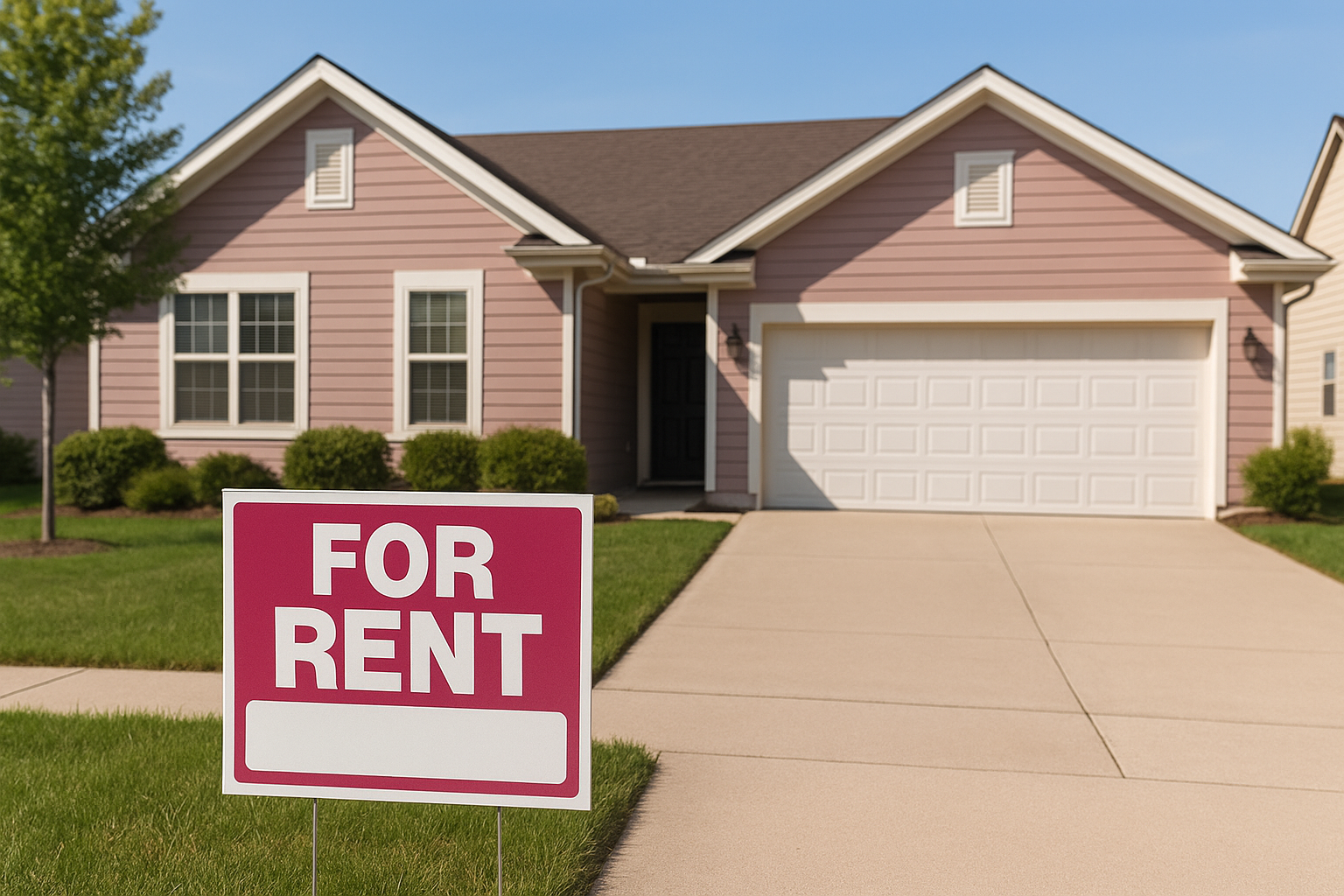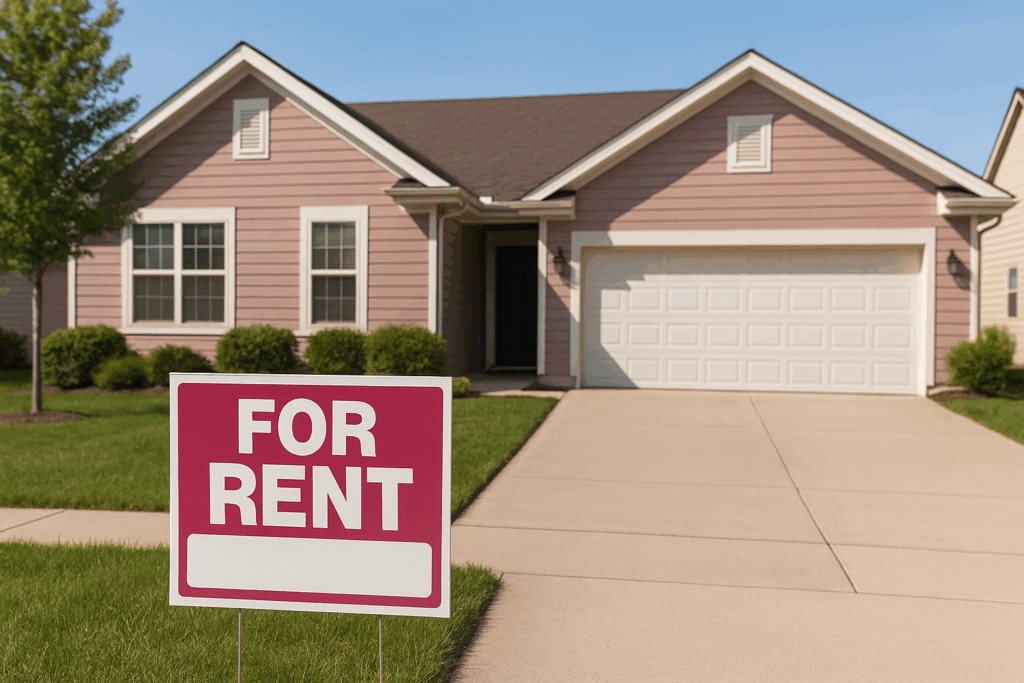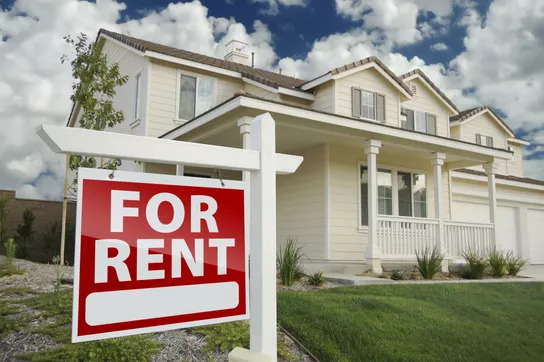

Owners often try DIY landlording to save money. The savings can disappear fast once you factor in legal exposure, vacancy loss, and vendor risk. This guide breaks down the real costs, how to measure them, and where local conditions change the math.
Answer in 30 seconds
DIY seems cheaper until one long vacancy, an avoidable legal mistake, or a bad repair wipes out months of cash flow. The biggest hidden costs come from lost rent during turnover, compliance errors that delay evictions or trigger penalties, and vendor issues that lead to repeat work or property damage. If you want predictable income with clear visibility, pair professional management with a modern owner portal so you see rent, repairs, and financials in one place while a vetted team handles the work.
Takeaways
Vacancy is a silent expense. Every empty month equals roughly one-twelfth of annual rent.
Legal missteps increase time to resolution, which increases vacancy and court-related costs.
Using uninsured or unvetted vendors can create repeat repairs, liability, and lost time.
Documentation and process discipline protect income more than ad-hoc fixes.
Real-time visibility helps you catch issues before they become expensive.
Who this is for and how to evaluate
This guide is for single-family rental owners and small portfolios comparing self-management to hiring a property manager. Use these criteria:
Time: consistent hours for leasing, maintenance, accounting, and tenant care.
Risk: exposure to delinquency, eviction delays, fair-housing compliance, documentation gaps.
Cost: total cost of ownership, including vacancy days, re-leasing, make-ready, emergency repairs, and your own time value. For a side-by-side, see Full-Service vs DIY.
Local rules: procedures and timelines vary by city and state and affect outcomes.
Peace of mind: appetite for after-hours calls, vendor wrangling, and court logistics.
The hidden costs of DIY
1) Vacancy risk and turnover math
Vacancy does not show up as a bill. It shows up as missing income.
Simple formula
Vacancy cost = Monthly rent × Months vacant + Turnover expenses
Turnover often includes paint, cleaning, minor repairs, lock changes, lawn care, plus leasing fees or ad spend.
Example
If rent is $1,950 and a turnover takes 1 month:
Lost rent = $1,950
Turnover line items could add another few hundred to a few thousand depending on scope. Even a short delay pushes the real cost higher.
How to reduce it
- Start renewal conversations early.
- Standardize make-ready checklists and order materials in advance.
- Price the unit correctly for the micro-market.
- Pre-schedule vendor slots so work begins as soon as keys are returned.
- Use a single dashboard to track days vacant and open work orders.
2) Legal and compliance exposure
Rules differ by jurisdiction. Mistakes extend timelines and increase costs.
Common risk categories:
Notice and filing procedures: Incorrect notices or service can reset the clock.
Habitability and safety: Delays on essential repairs can create liability.
Fair-housing compliance: Inconsistent screening or advertising increases risk.
Security deposits and ledgers: Mishandling timelines or accounting causes disputes.
HOA and local licensing: Missing permits or registrations can trigger fines.
Safe approach
Document everything, use consistent screening criteria, follow written checklists, and consult local counsel or a compliant PM when in doubt. For tooling, see our guide about Owner Apps.
3) Vendor risk and maintenance quality
Cheap can be expensive if the work fails. Preventive care helps avoid emergency costs. Learn why in our guide on preventive maintenance for rental properties.
Hidden vendor costs:
No insurance or licenses: Liability if someone is hurt or property is damaged.
No scope or warranty: Repeat visits, more vacancy days, and tenant dissatisfaction.
Poor scheduling: Missed windows extend make-ready and rent-ready dates.
Emergency premiums: After-hours fixes cost more without negotiated rates.
Vendor checklist
COI on file, license verified, W-9 collected.
Written scope with materials, timelines, and warranty terms.
Photos before and after work.
Clear SLA for emergencies and standard calls.
Centralized task tracking so nothing slips.
What changes by city: GEO notes for owners
Use these localized prompts to tailor your plan (and pair them with tools from our Owner Apps post):
Las Vegas, NV: Focus on fast, accurate paperwork and tight make-ready timelines. Heat and seasonal demand swings reward quick turns.
Atlanta, GA: Strong screening and consistent documentation reduce delinquency risk. Neighborhood-level pricing matters.
Phoenix, AZ: Preventive maintenance is essential due to heat. HVAC service plans reduce surprise costs.
Pittsburgh, PA: Older housing stock benefits from proactive plumbing, roof, and electrical checks.
Chicago, IL: Keep meticulous records, follow city rules carefully, and budget for weather-driven maintenance windows.
If you operate from out of state, add a time-zone buffer and a local point of contact who can meet vendors and confirm completion with photos and video.
Snapshot comparison: DIY vs professional support
Clear answers for owners comparing DIY and full-service
| Approach | Vacancy control | Compliance burden | Time investment | Vendor management | Best fit |
|---|---|---|---|---|---|
| DIY self-management | Variable; depends on your processes and availability | High; you own notices, filings, documentation | Moderate to high with spikes during leasing and repairs | You source, vet, schedule, and QC | Local owners with reliable vendors and steady time |
| Professional management Predictability | Shorter and more predictable with standardized turns | Lower; experienced teams handle local procedures | Low to moderate; you approve decisions instead of coordinating | Vetted network with negotiated rates and SLAs | Out-of-state owners or anyone optimizing for stability |
comparing DIY and full-service
FAQ
Why Owners Choose Home365
You want income that does not swing wildly because of vacancy or repairs. Home365 combines on-the-ground teams with a live Owner Portal so you track rent, tickets, and financials while professionals handle the work.
Ready to see how it looks in practice? Get a quote today!



